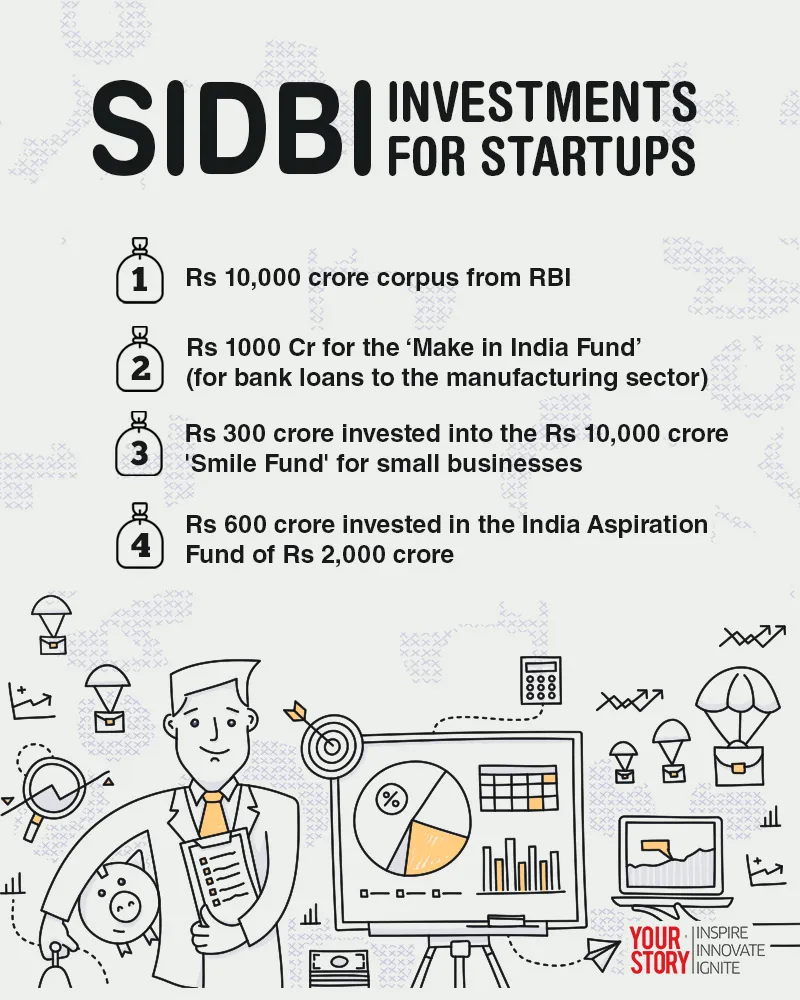Two years in power - what PM Narendra Modi has done for startups

The best thing Prime Minister Narendra Modi may have done in his two years in power must be the noise he has managed to create around the Indian startup ecosystem. In a country of more than a billion people, the NDA government, which came to power on May 26, 2014, has recognised that entrepreneurship is the only way for employment creation. In the interim Budget of 2014, the Central Government announced a Rs 10,000 crore as a ‘fund of funds’ for startups, following the creation of Ministry of Skill Development and Entrepreneurship (MSDE) headed by Minister of Youth Affairs and Sports (MoYAS) Sarbananda Sonowal.
Policies were announced one after the other, and the annual Budget sessions in 2015 and 2016 displayed a major effort for boosting the startup ecosystem. The much-celebrated Startup India Standup India event in January 2016 relaxed the regulatory framework by introducing measures such as self-certification, a single-window system, and tax exemptions. Besides, the government also promised to set up a fund with an initial corpus of Rs 2,500 crore and a total corpus of Rs 10,000 crore over four years. Women and SC/ST entrepreneurs were offered credit facilities at lower interest rates. To ensure the easy flow of funds into the country, an exemption of 20 percent has been offered on capital gains tax on funds raised by the SEBI-registered entities.
Funds from SIDBI
In January this year, the government approved MUDRA Credit Guarantee Fund (CGF), which will offer Rs 3,000 crore for small entrepreneurs, and up to Rs 10 crore each, under the Small Industries Development Bank of India (SIDBI). The SIDBI, in fact, turned out to be the major support for the funds offered. A few weeks ago, SIDBI sanctioned Rs 1,000 crore to 30 venture funds through IAF from IvyCap Ventures, Blume Ventures, and Exfinity Venture Partners. The following are their other major announcements:
- Raising the Rs 10,000 crore corpus from RBI
- Investing Rs 10 crore for the Rs 500 crore fund to back women and SC/ST entrepreneurs
- Raised Rs 1,000 Cr for the ‘Make in India Fund’ (for bank loans to the manufacturing sector)
- Invested Rs 300 crore of the Rs 10,000 crore ‘Smile Fund’ for small businesses
- India Aspiration Fund of Rs 2,000 crore to provide capital for startups; Rs 600 crore sanctioned by SIDBI in February
Impact of the Centre’s efforts
Many BJP-ruled states – Maharashtra, Rajasthan, Punjab – and non-BJP-ruled states including Bihar, West Bengal, Andhra Pradesh, and Telangana started taking startups seriously in the last two years. (With the exception of the Kerala Startup Mission, most states were indifferent to the aspiring entrepreneurs’ community in the country till then.)
With more media attention and billions flowing in as funding, it was hard to ignore the rise of startups. While the Transport Department and Judiciary played cat and mouse with the cab aggregator industry majors like Ola and Uber, e-commerce majors Flipkart, Snapdeal, and Amazon got a shot in the arm when the Department of Industrial Policy and Promotion (DIPP) – after many a twist and turn – allowed 100 percent FDI for online marketplaces. Flipkart and Amazon even partnered with the Textiles Ministry for supporting the handicraft industry.

What next?
The picture is making the government look good. But questions remain:
- What steps has the MSDE taken to assist entrepreneurs?
- How is the government sourcing funds? Have there been MoUs signed already?
- Has the government disbursed any funds at all, so far? If yes, how much and to whom?
- In the fund of funds, the disbursed money will become part of other funds. But who [or which ministry] will disburse the money? Who has benefitted from it?
- Indirect taxes have not been explained in the policies declared so far. What are the government’s plans? When are they implementing GST?
- The SIDBI and IAF have made announcements on handsome amounts. Has any startup benefitted so far?
Bureaucratic processes often take months to be completed. But funds allocations need to be followed up with policy implementation too. Prime Minister Modi is a man of vision. But talking and travelling abroad to advertise India may not be enough now. While relaxed regulations might bring in more investments, just a stack of cash will not do the work. The DIPP has said that they will review the progress on the plans, and report to NITI Aayog, the NDA government’s replacement for the Planning Commission.
When do we see the real action?







